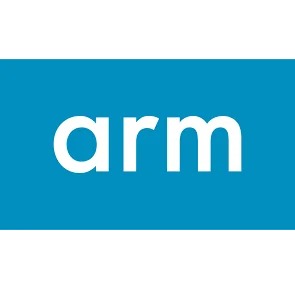Freedreno ARM GPU Driver Keeps Hitting Milestones

Rob Clark provided today via his blog a Sunday status update on Freedreno. Last week I wrote about the Freedreno 1.0 X.Org driver, but that's not all out of this fully open-source ARM GPU driver that now boasts a mainline DRM kernel driver and Mesa Gallium3D driver:
- In Mesa 10.0 there is now emulated support for GL_QUAD and other desktop OpenGL primitives that aren't natively supported by the Adreno GLES-focused hardware. These changes allow GNOME Shell and Compiz to run on the Freedreno Gallium3D driver.
- Relative addressing support has been added to support Chromium GL rendering and a lot of Piglit Mesa regression tests.
- A lot of development work has been happening from the IFC6410 development board with its 1.5GHz Quad-Core Krait and Adreno 320 graphics. Rob Clark personally is recommending this board for those wishing to toy with Qualcomm hardware, but its upstream kernel support isn't the best at the moment.
- Qualcomm has just announced the Adreno 420 as their first Adreno 4xx GPU. This didn't take Rob by surprise as their KGSL kernel driver has been receiving changes already for a few months. For what they know so far, it appears to offer a feature-set similar to DirectX 11 GUs with tesselation, geometry shaders, etc. Rob believes that the 4xx GPUs are using the same shader instruction set architecture (ISA) as the Adreno 3xx GPUs, so bringing up the support might not be too bad. However, all the registers for A4xx GPUs were either moved or changed, plus adding in support for a lot of new hardware. Rob believes that providing Freedreno A4xx GPU support won't be as big as going from the A2xx to A3xx generations, but still some reverse-engineering will be needed.
- With interest continuing to grow in Freedreno, there's now a Freedreno mailing list.
- More documentation and other information continues to be pushed to the Freedreno Wiki.
7 Comments

